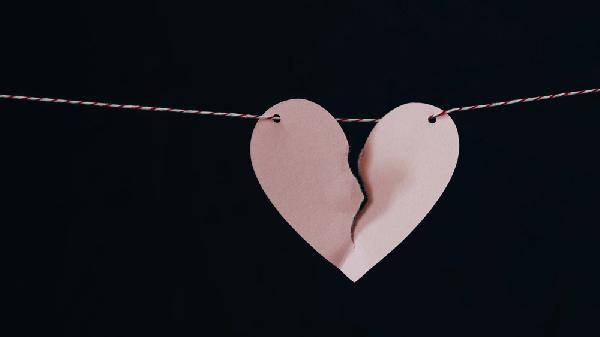Rejection is one of those universal fears that can paralyze even the most confident among us. Whether it's asking for a raise, sliding into someone's DMs, or pitching a wild idea at work, the possibility of hearing "no" can feel like a gut punch. But what if we flipped the script? What if, instead of avoiding rejection, we actively sought it out? That’s the premise behind rejection therapy—a practice that’s gaining traction as a way to build resilience, confidence, and even a little bit of courage.
Why Rejection Therapy Works
At its core, rejection therapy is about exposure. The more you face the thing you fear—in this case, rejection—the less power it has over you. Think of it like building a muscle: the first few reps hurt, but over time, you get stronger. Licensed clinical counselor Rychel Johnson explains that this method is rooted in exposure therapy, a psychological technique used to help people confront their fears in a controlled way. "The goal isn’t to become numb to rejection," she says, "but to reframe it as a normal, even useful, part of life."
Certified therapist Niloufar Esmaeilpour adds that rejection therapy can be especially helpful for people with social anxiety. "Small, intentional rejections—like asking a stranger for a favor or making an unusual request—can help desensitize you to the discomfort of hearing 'no.' Over time, you start to see rejection as feedback rather than failure." And that shift in mindset? It’s game-changing.
How to Start Practicing Rejection Therapy
You don’t have to dive headfirst into extreme challenges to benefit from rejection therapy. In fact, starting small is key. Esmaeilpour suggests beginning with low-stakes scenarios: asking for a discount on coffee, requesting a tour of a restricted area in a store, or striking up a conversation with someone new. "The idea is to normalize rejection so it doesn’t feel like a personal attack," she says.
Johnson recommends setting a manageable goal—say, aiming for a certain number of rejections per week—to keep the process from feeling overwhelming. "It’s not about collecting 'no’s for the sake of it," she clarifies. "It’s about proving to yourself that rejection isn’t the end of the world." And if you do get a "yes" along the way? Bonus. That’s just proof that taking the risk was worth it.
The Unexpected Benefits of Being Rejected
Beyond just toughening up your emotional skin, rejection therapy has some surprising perks. For one, it forces you to get comfortable with discomfort—a skill that translates to nearly every area of life. Whether you're negotiating a salary, pitching a creative project, or putting yourself out there romantically, being able to handle rejection gracefully gives you a serious edge.
It also helps you refine your approach. If you keep getting turned down when you ask for something, you might start tweaking your delivery, timing, or even the request itself. Over time, you become more persuasive, more adaptable, and—ironically—more likely to get what you want. As Esmaeilpour puts it, "Rejection isn’t just a roadblock; it’s a detour sign pointing you toward a better route."
What Happened When I Tried It
I decided to test the waters with something simple but slightly awkward: asking strangers about their first sexual experiences. (Hey, I write about sex and relationships—it was relevant!) I approached three different people—a barista, a fellow coffee shop patron, and a traveler at the airport—and posed the question. Two of them politely declined, and while I felt a brief flash of embarrassment, it faded fast. The rejection didn’t sting as much as I’d feared, and I walked away feeling oddly empowered. If I could survive that, what else could I handle?
That’s the magic of rejection therapy. It’s not about eliminating fear—it’s about proving to yourself that you can move through it. And once you realize that rejection isn’t fatal, a whole world of possibilities opens up. So go ahead—ask for the upgrade, shoot your shot, or pitch that wild idea. The worst that can happen? Someone says no. And you? You’ll be just fine.
























